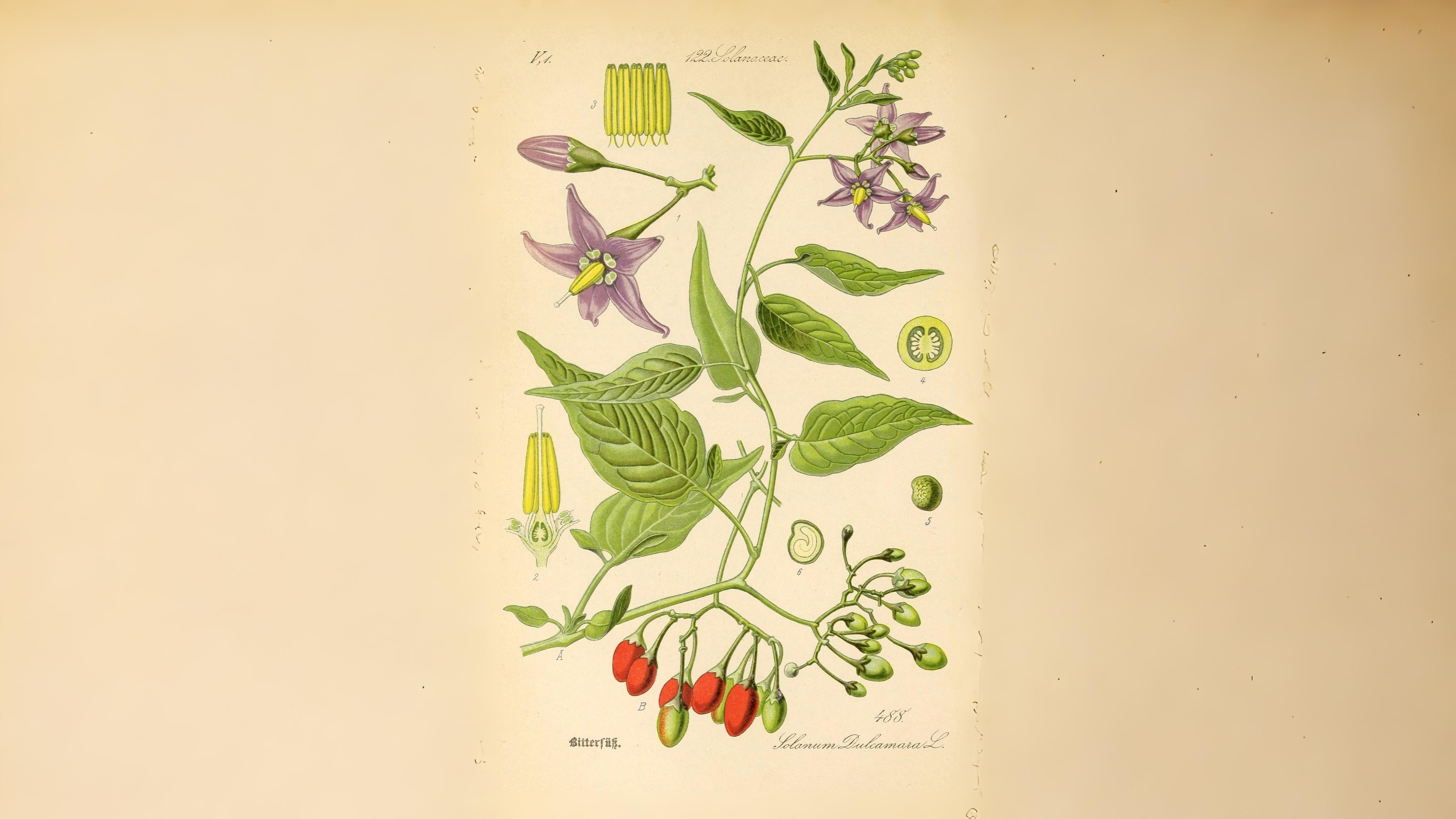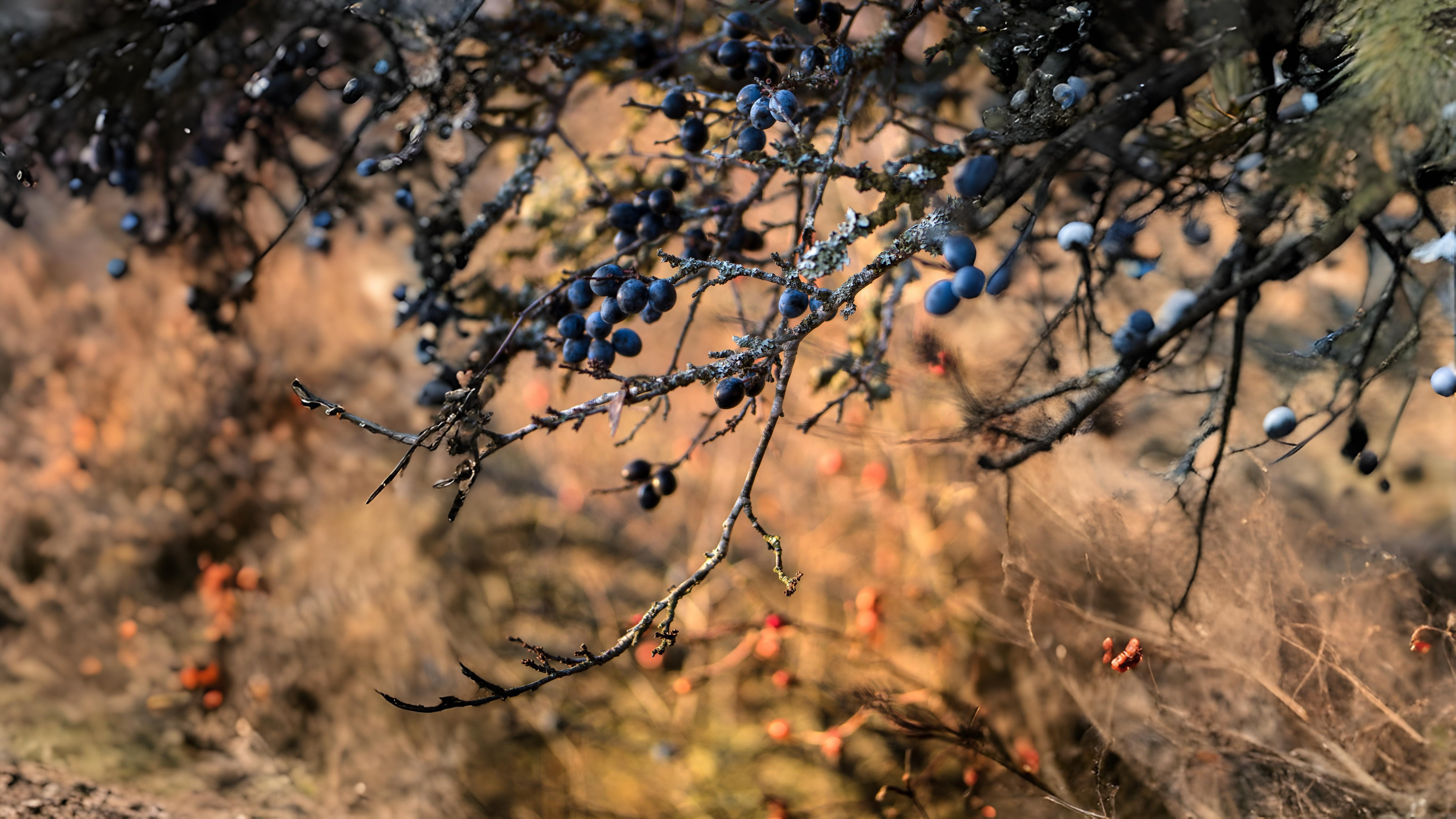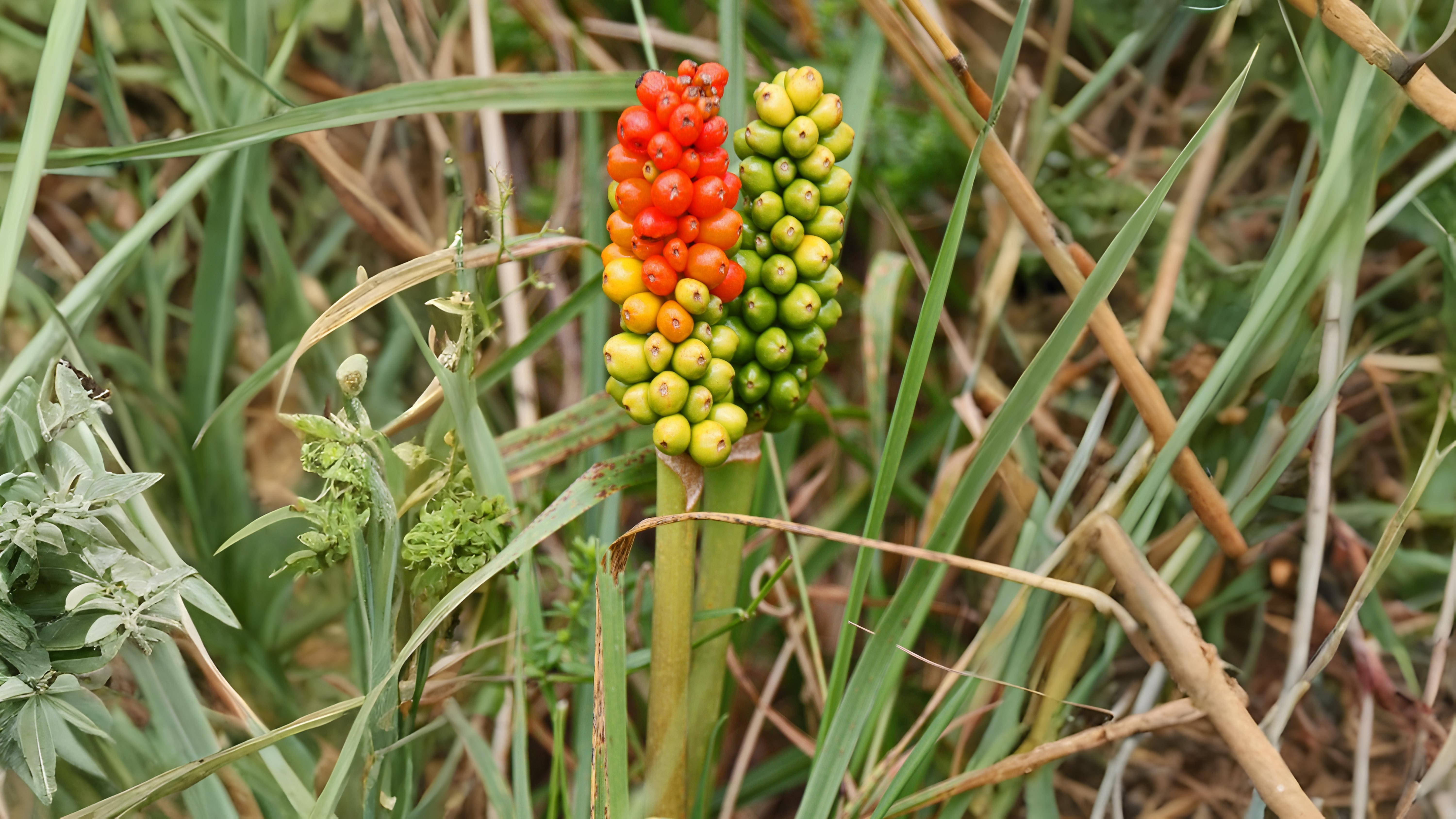
Don’t miss the next step in autumn’s harvest—check back on September 12th!
The middle of September is said to be the best time to collect wild edible fruits. There was a time when London children had the day off to collect them. There are always days in September when you are sure to be hit by a falling acorn as you walk through an oak wood. In pine woods there are many more needles falling than usual as well as the occasional cone. Some oaks carry so many acorns in full mast years that the whole tree will already be tinged with yellow. Hazelnuts, although not quite ready yet are said to be at their best and most milky this month.
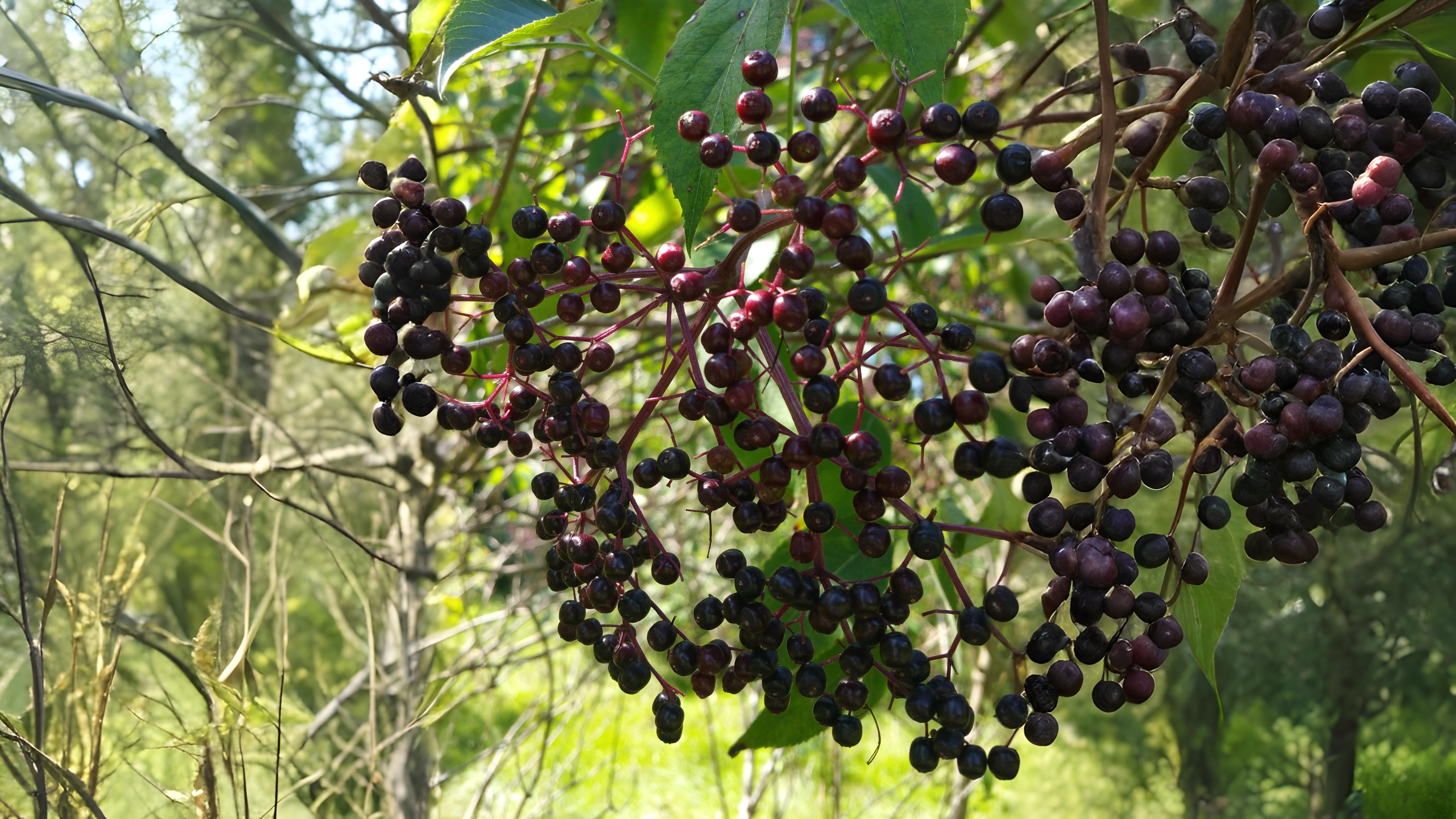

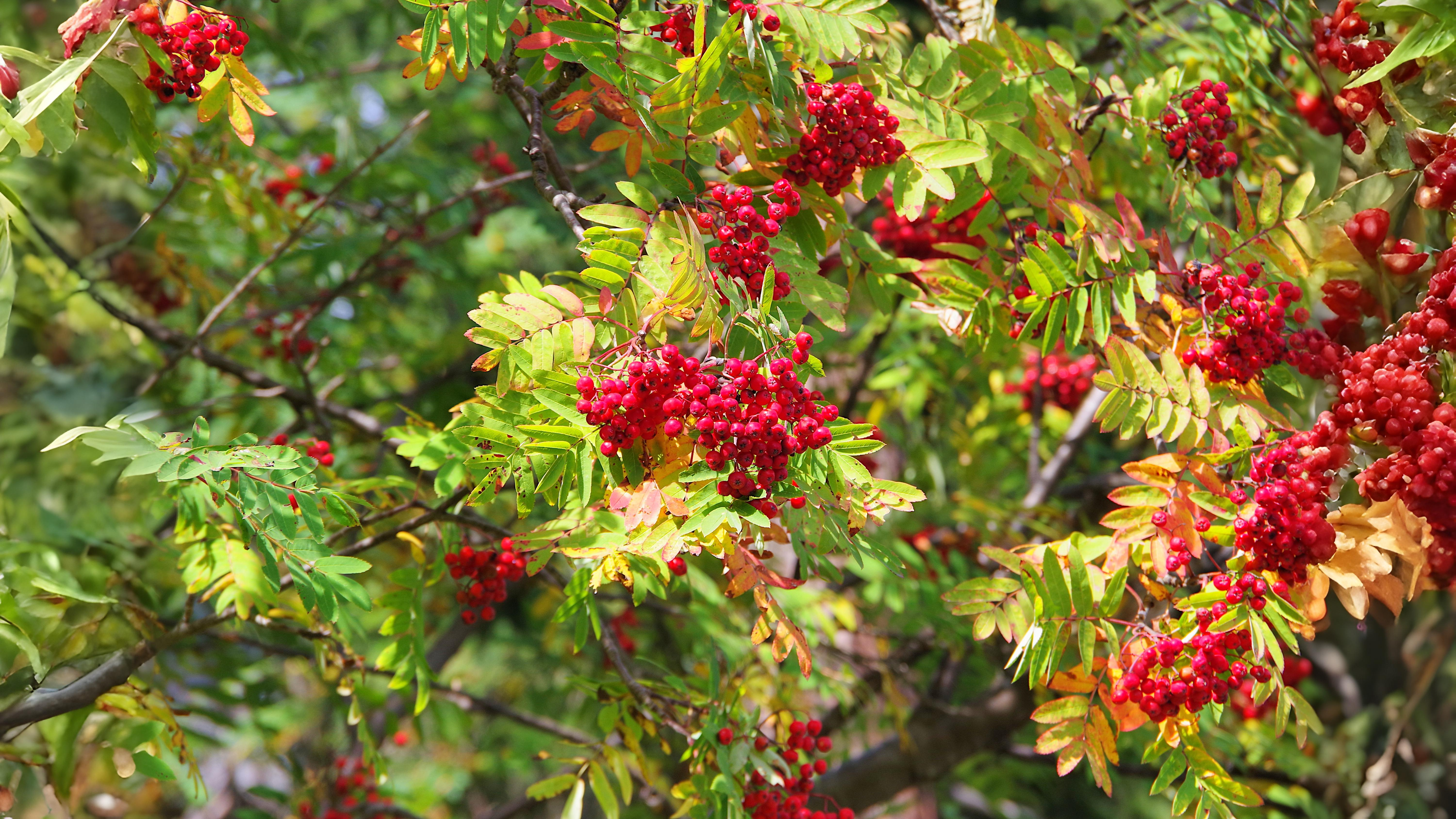

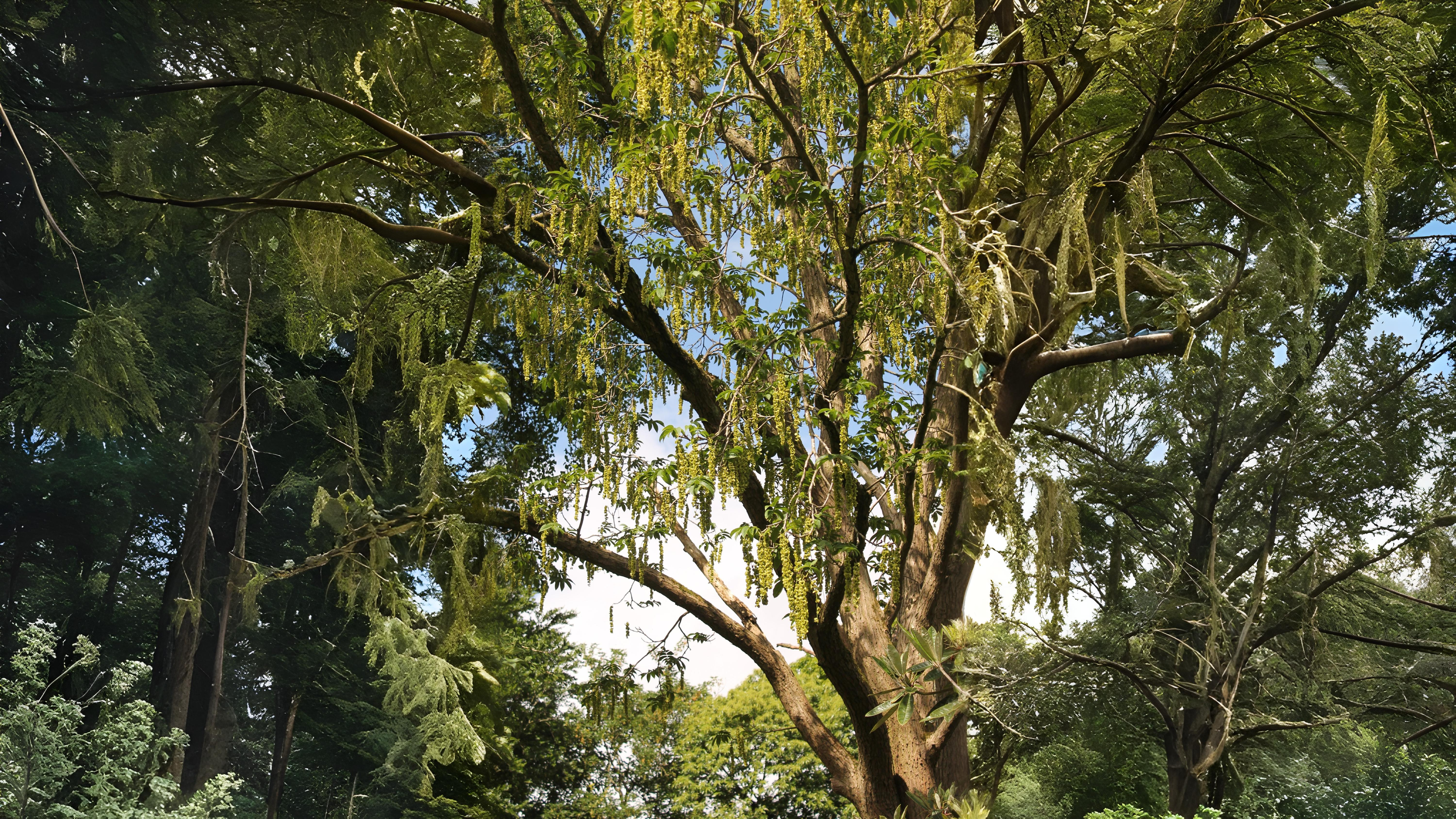



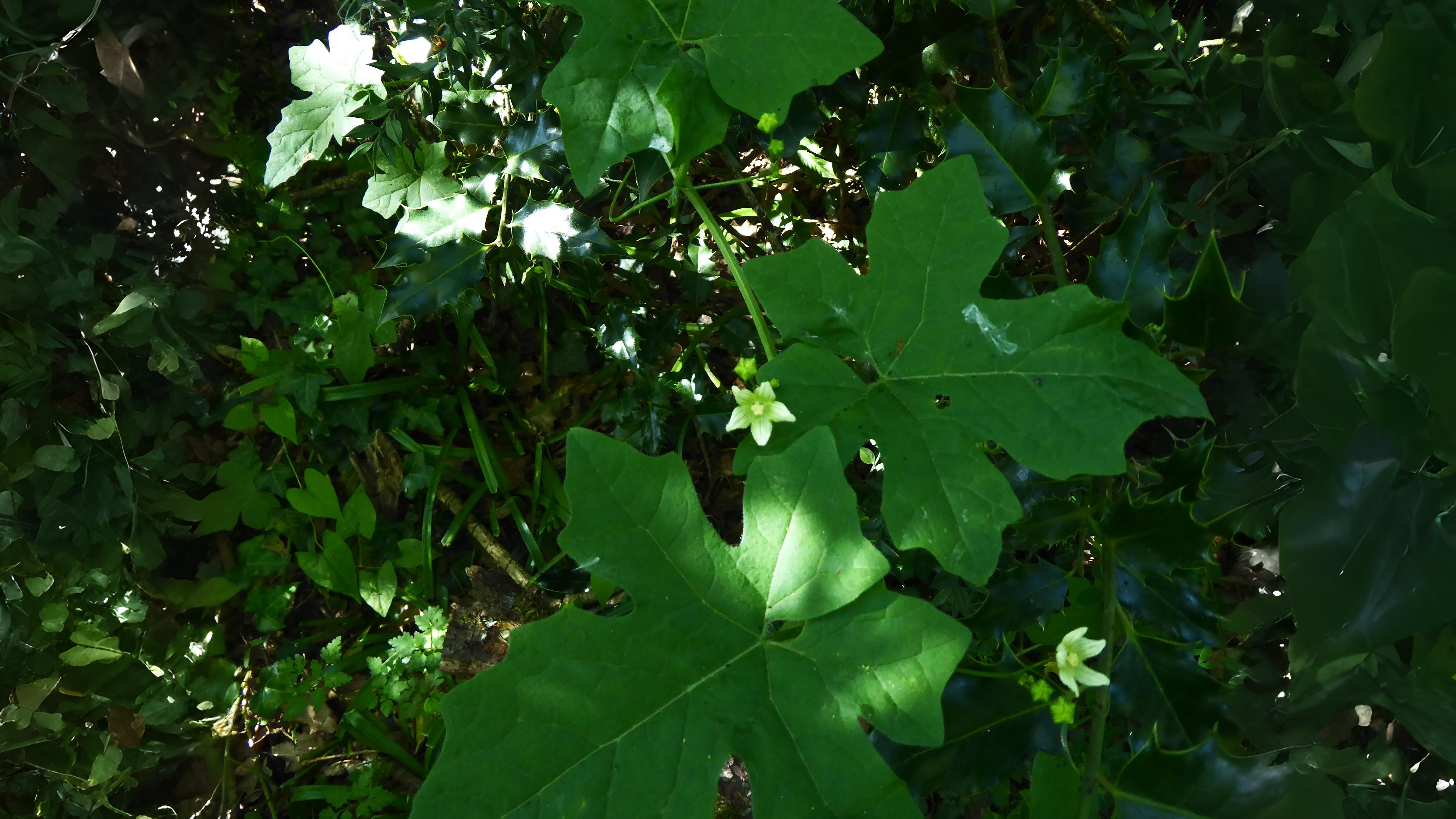



The berries of yet another hedgerow climber, honeysuckle, are also now ripe. These tend to be naturally sticky but are still a favourite food of marsh tits which are sometimes seen to hover whilst collecting them.
